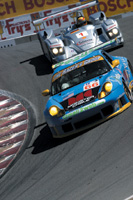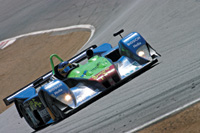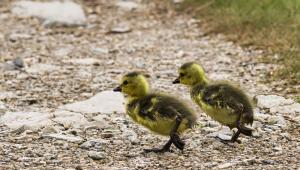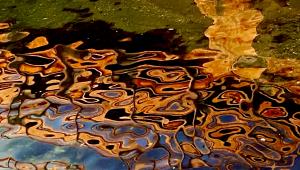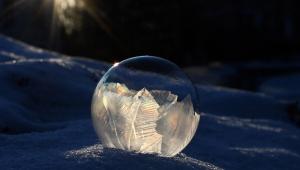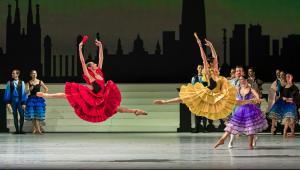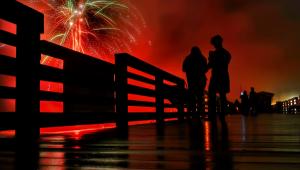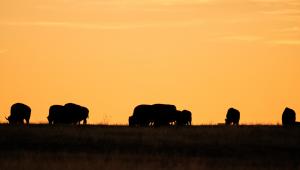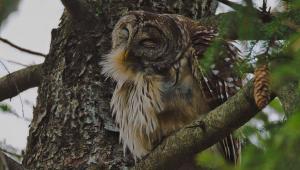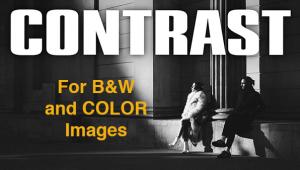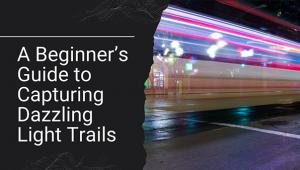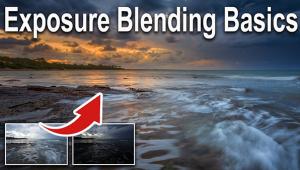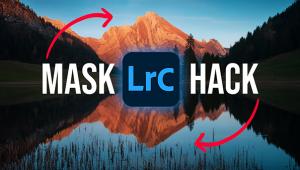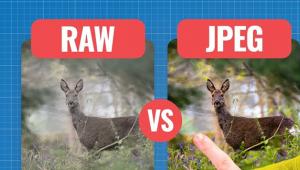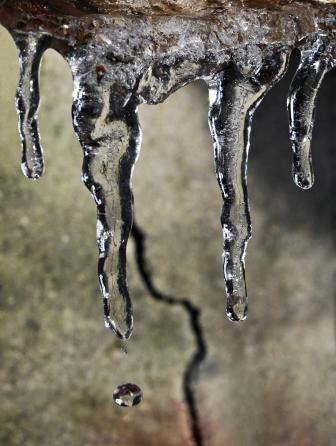Speed Demon; Photographing Race Cars With Canon's Digital Rebel
Photographing race cars is a challenge no matter what kind of camera you use. Most people think that all they need is high ISO, fast shutter speed, and a long lens with a large aperture a.k.a. "big glass." Toss in a high frame per second continuous shooting mode and with a little practice you too can make great looking photographs of fast moving cars. That's the kind of advice that makes me crazy. You can photograph anything you want using whatever gear you have as long as you're aware of its capabilities and limitations. |
|||
On Track With The Rebel Lens Options |
|||
Practice Day Panning Techniques |
|||
Comin' At You |
|||
Race Day Staying Power How The Photographs
Were Made A Word About Safety |
|||
Facts Contact |
- Log in or register to post comments




